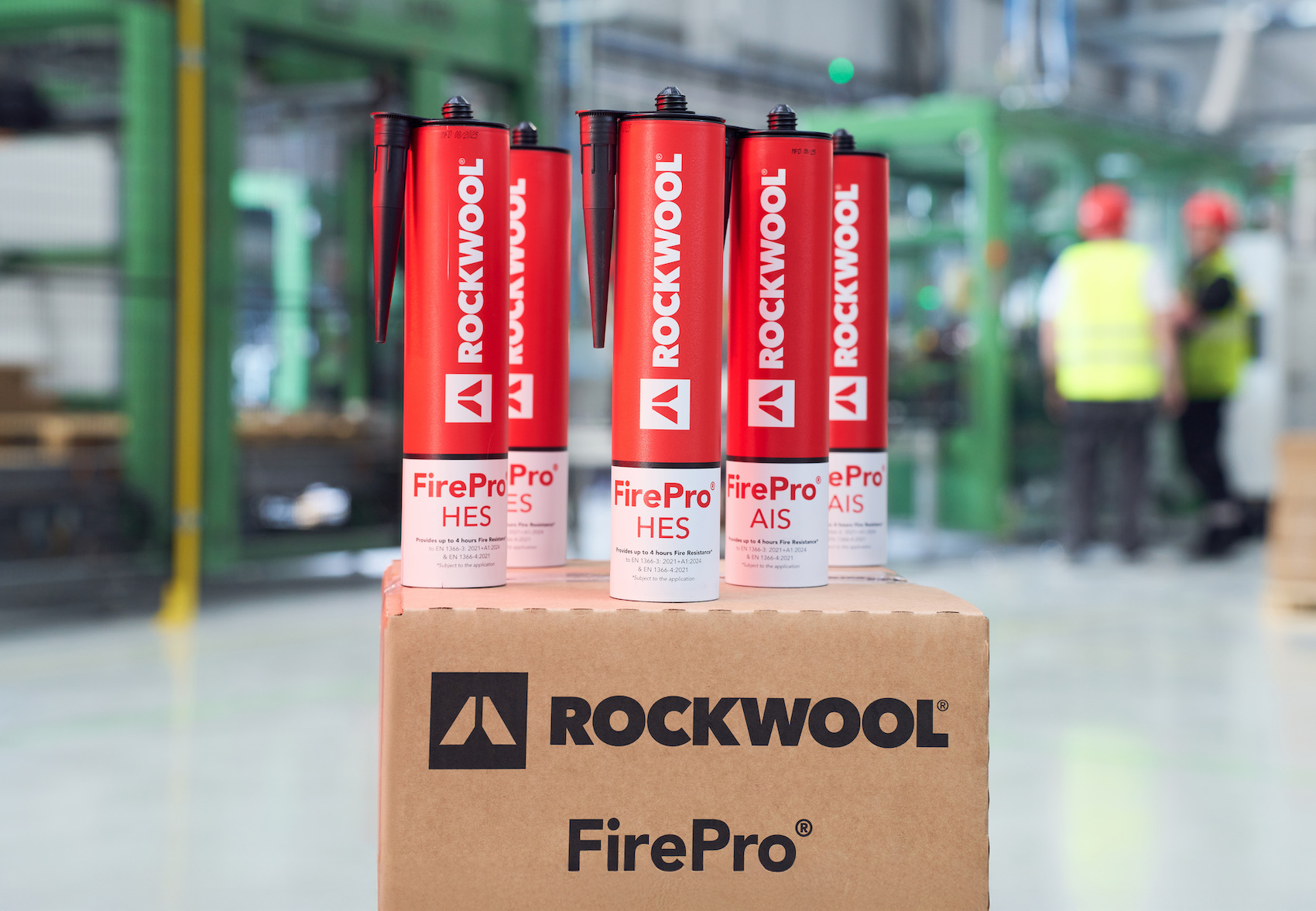Accommodating movement from the earliest stage in a building’s design is essential, and this should also be a key consideration when specifying fire stopping. To ensure compliance over the lifetime of a building, fire stopping systems need to accommodate dynamic movement, including for penetration seals. Craig Abbott, Technical Director for FSi Promat – part of the Etex group, looks at how to confidently specify solutions that allow for movement.
Compliance and responsibility sit at the heart of effective fire safety. Fire stopping systems are designed to reinstate the fire performance of compartments, creating a barrier to the spread of flames, heat and smoke. Failure to allow for movement in relation to penetration seals or substrates can lead to cracks in the fire stopping materials, which can lead to an uncompliant seal, and potentially fatal consequences.
Any cracks, gaps or breaches in sealing systems present a serious problem to the efficacy of passive fire protection, which is why accommodating movement from the earliest stage in a building’s design is essential. However, more awareness is needed of when and where this is necessary to ensure passive fire protection remains compliant for the lifetime of a building.
Is accommodating movement a legal requirement?
While there is no specific legislation that dictates the need to accommodate movement in penetration seals, there is a need set out within the Building Regulations, Approved Document B (fire safety) to provide an ‘appropriate seal’ and to provide comprehensive passive fire protection. However, with no formal test mechanism for movement within EN1366-3 (the test standard for penetration seals), this critical function is not tested alongside fire performance. In turn this means that as it is not part of the test it is often not considered in the building’s fire stopping designs, and contractors may ultimately have a problem they are not aware of.
Yet it should be a primary consideration, as movement can have a considerable impact on the integrity and insulation of fire stopping to maintain the required performance of the seal. While the impact movement can have on linear joints is recognised – and duly tested in EN1366-4 – this needs to extend to fire stopping penetration seals.
While the walls and boards that service penetrations run through are protected against movement, this is often not the case for the fire stopping that seals the gaps around the pipework or utilities that run through the separating element. So, if the building moves it can cause tears and cracks in the fire stopping and critical degradation over time, leaving a breach that would potentially allow fire to spread.
What is the solution?
Linear joints are currently tested for movement as part of the European Technical Assessment (ETA), however this does not extend to penetration seals where there is no formal mechanism for testing.
To address the problem of movement in penetration seals FSi Promat has created an engineered product that meets this requirement. Flexi-Coat is a flexible, elastomeric coating that provides a sealing solution accommodating movement up to +/-25 percent.
To accommodate the fact that there was no formal route available to approve the solution, FSi Promat successfully tested Flexi-Coat under the EN1366-4 standard for linear joints. This was followed by a technical assessment that applied an established fire engineering rationale and judgement, carried out in conjunction with UKAS-accredited third party certification body Warrington Fire, to confirm Flexi-Coat’s extension, compression and shear movement when applied as a service penetration fire stopping system.
As a result, Flexi-Coat is the only solution that offers a third-party evaluation for use in accommodating movement in service penetration fire stopping.
Movement needs to be considered from the very earliest stage of a project, and catered for with an approved solution to ensure that the fire stopping performs from day one, right through the lifetime of the building.















